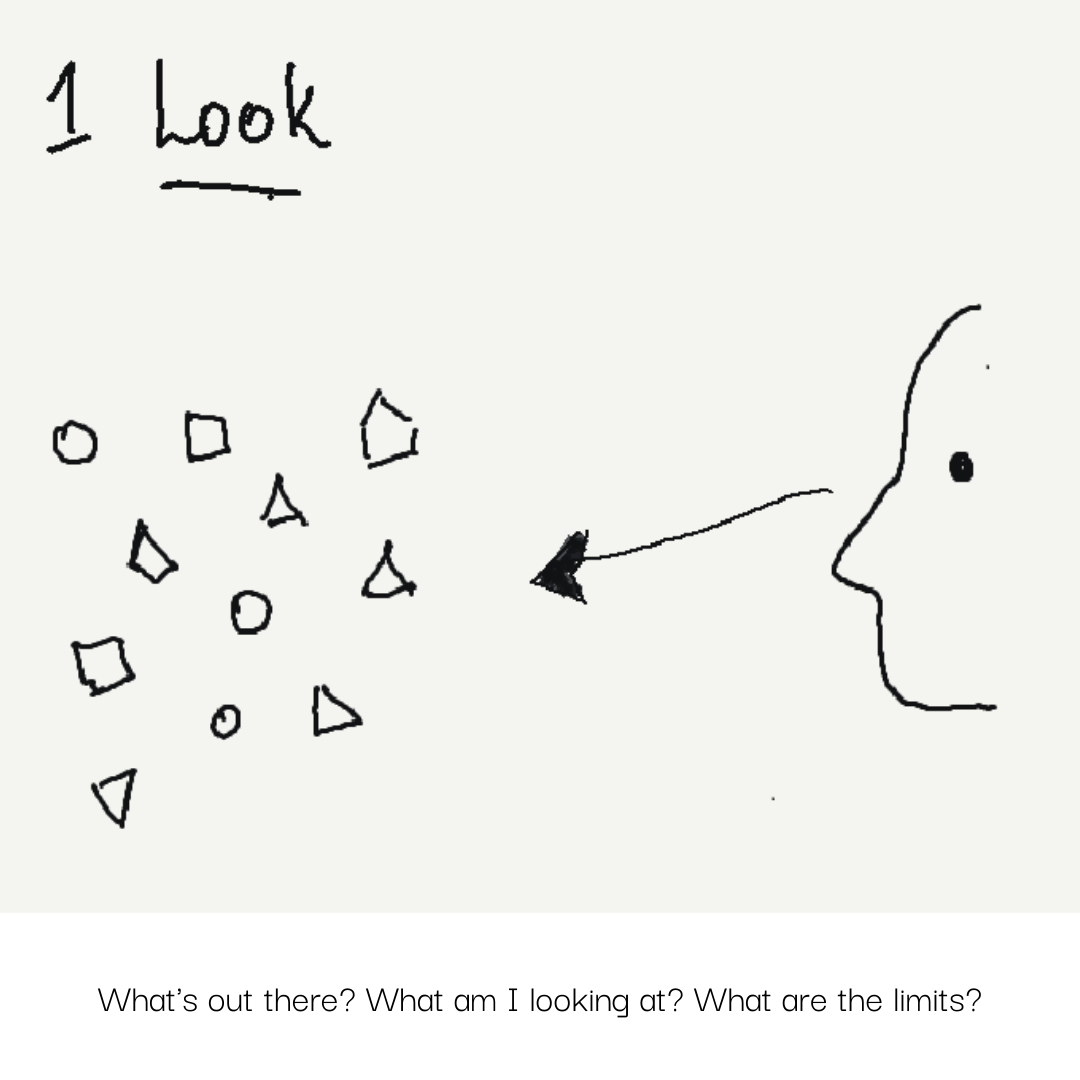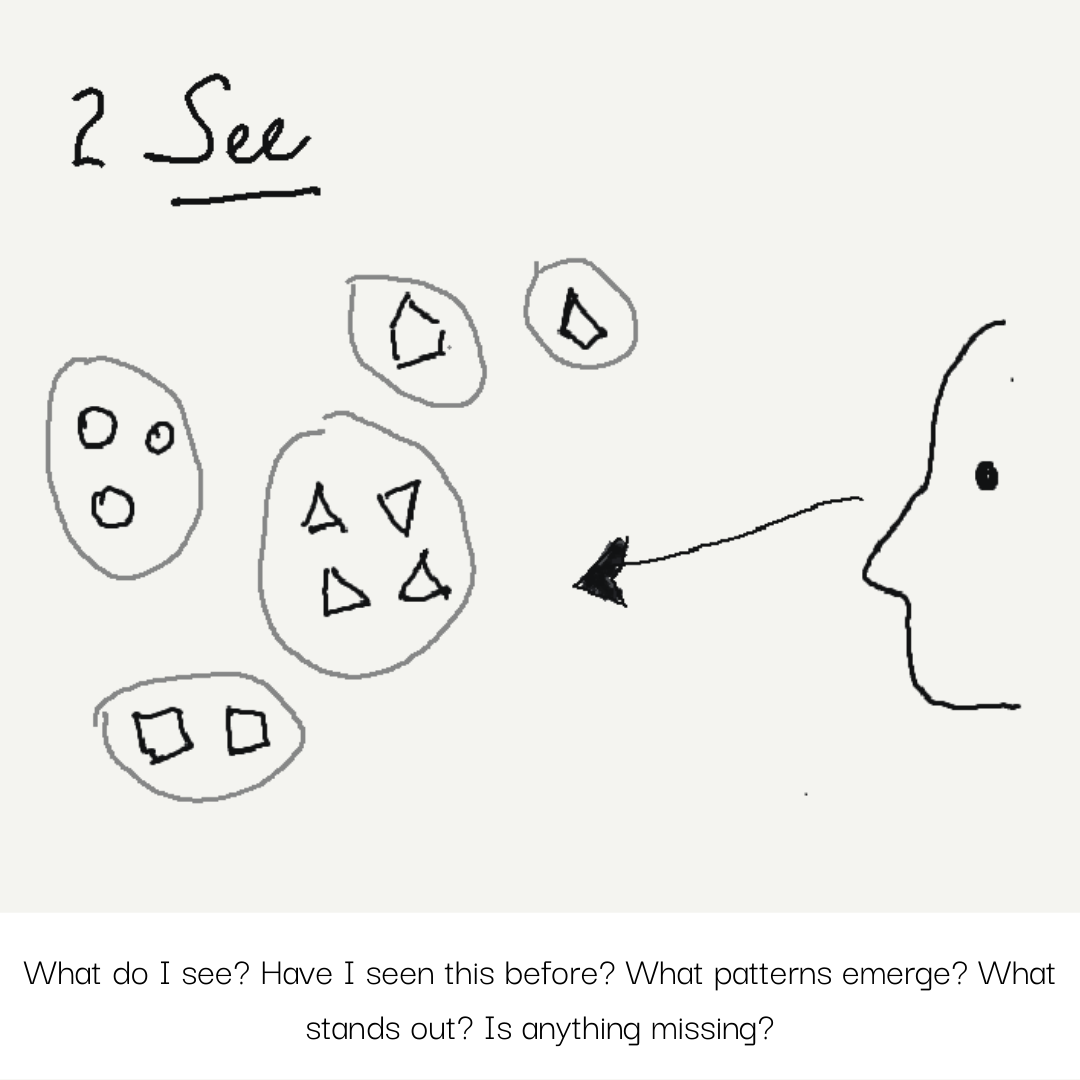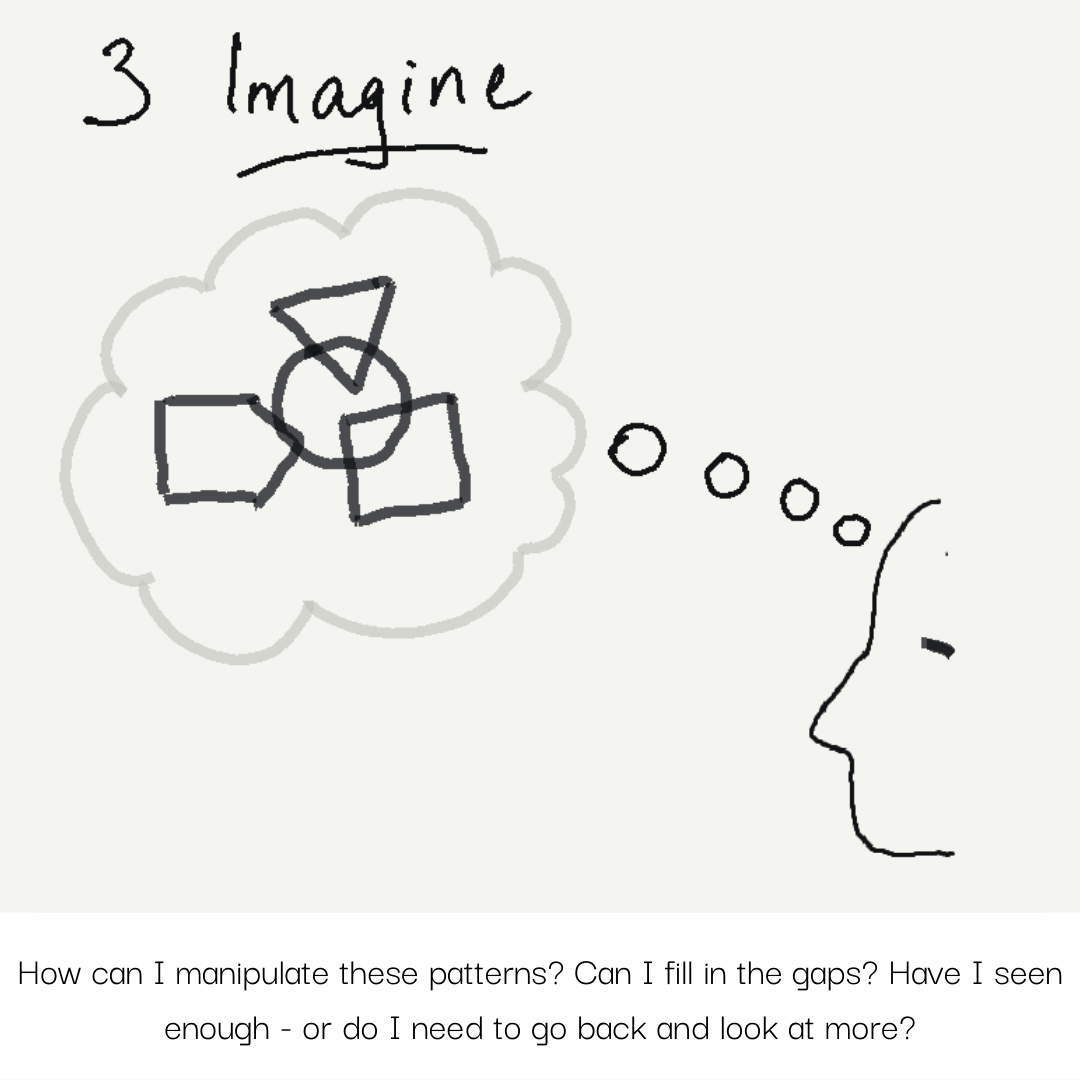testiloquent
Testing-Essentials ▪ Think Like a Tester ▪ Test Strategy ▪ Test Tooling, Automation ▪ Test Analysis and -Design ▪ Performing Tests and Reporting ▪ Appendix
Heuristics
It Starts with a Question
Over the course of time, phenomena enter our collective consciousness as mysteries - things in our environment that excite our curiosity but elude our understanding.The mystery of what we now know as gravity confounded our ancestors: when they looked around them, they saw that most objects - apples, famously - seemed to fall to the ground quickly; but others, such as leaves, seemed to take forever to reach the ground. And then there were birds, which didn’t seem to fall at all.
In the visual arts, one of the most enduring mysteries was how to represent what we see in front of us in three dimensions on a two-dimensional surface.In both cases, people struggled for centuries to come to an understanding of the phenomena.
Even the most baffling mysteries, though, eventually crumble under the force of human intelligence. With sufficient thought, a first-level understanding emerges from the question at hand.
We develop heuristics - rules of thumb - that guide us toward a solution by way of organized exploration of the possibilities. – Martin.
Heuristics are helpful but fallible thinking shortcuts that help us make sense of and navigate our world, or as Roger Martin put it, “open-ended prompts to think or act in a particular way.”.
Take for example the saying “Look left, look right, look left again” - a rule of thumb taught to kindergartners that prompts them to make sure the road is clear or that the vehicles have come to a halt before crossing. This heuristic has certainly kept a multitude of schoolchildren alive in the Americas, but it is not universally applicable, as a trip to London or Istanbul would make patently clear.
While testing can be easier and more effective with the help of heuristics, it’s important to use heuristics suited to the context and to keep their fallibility in mind.
You will have the opportunity to work with a few well-known testing heuristics in this course. During your internship we encourage you to add more heuristics to your toolkit. Your learning system, with its collection of notes about your observations and learnings will help you recognise the recurring situations that would be easier to manage with a heuristic, and help you select, tweak or design a rule of thumb suited to your purpose.
-
Learn heuristics that others are using:
When you start your internship you may well have the opportunity to work directly with a number of different people. We encourage you to pay attention to the way each colleague works and their results. Ask them to share their thought processes and any shortcuts or rules of thumb they are applying.You will find articles with information about additional heuristics in the resources folder, which you can look into them when you’re ready.
-
Modify others’ heuristics to your purposes or build on others’ heuristics.
How that works:
Using your learning system, study solutions from thought leaders and your colleagues, even if on the surface it appears you are working on a different problem.
Look and see to understand why certain approaches work (or don’t), then reimagine the solution1:
- Look “under the hood”

- What do you see there? Try to identify different constituents of the solution. What are they really doing? Are there familiar patterns or clusters?

- Reimagine the solution. Might the parts be rearranged? Can a subset of them be extracted? Can something new be made of the parts, an adaptation of the solution for another problem?

Consistency Heuristics
These heuristics, described in Michael Bolton’s article “Testing Without A Map”, can be used to recognise potential bugs in software and to communicate with others about these issues.
The Heuristic Test Strategy Model (HTSM)
This model contains heuristics that can be used to choose a suitable test strategy and communicate with others about it.
Previous: Learn From Other Professions ▪ Next: Models
-
Source: “Look, See, Imagine” from Unfolding the Napkin. ↩